Osamu James Nakagawa currently teaches photography at Indiana University. Born in New York and frequently shifting back and forth between Japan and the United States, he has come to see himself as an outsider in both lands. We asked for his impressions about the 39th New Cosmos of Photography after the Grand Prize selection meeting.
I was very pleased that my pick for an Excellence Award, Kim Sajik, ultimately won the Grand Prize. The core of her work is informed by her circumstances as a Korean living in Japan, and her issue-awareness in this regard was recognized with this award.
The submitted works came in all shapes, sizes, and formats, but in many I felt a divide between the photographs and the creative intention. In some cases, the ideas on photography themselves were shallow and poorly conceived. In others, I got an impression the photographs did not follow or pursue the intentions as stated. What artists should do is consider how to narrow the gap between their photographs and their creative intention and then actually express this. Many of the submissions from Japan, in particular, gave only vague creative intentions, and many contestants avoided talking about what their photographs captured. What’s needed in a creative statement is not airy metaphorical expressions but substantive discussions about the actual contents of the photographs. What’s essential is not explanations of technique but demystifications of what the work attempts to convey. Certainly, the personal is important, but the best works are those that link the personal to some broader point of contention happening in Japan or the world. Works gain poignancy and pose challenges through such connections. That’s what makes a work interesting.
This holds for both Japan and other countries, but since this contest is named the New Cosmos of Photography, I expected to see risky works trying to tear down the concepts of photography, instead of works chasing trends.
Works from Japan especially tended to have the style of personal photographs or imagined landscapes, and only a few presented issues looking outward from the individual to society.
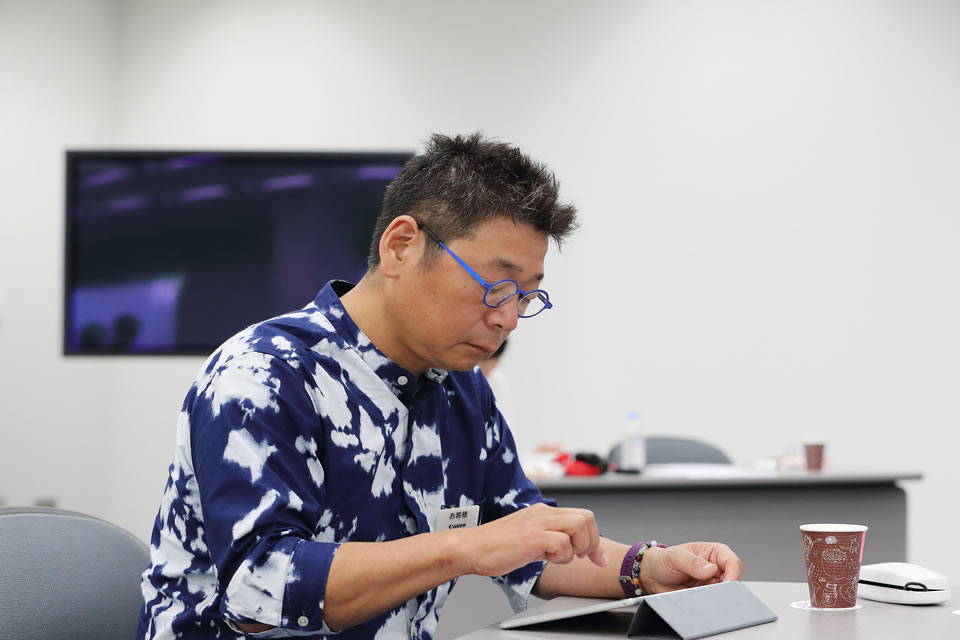

American Indian Flag, from the Drive in Theater series, 1992 © OSAMU JAMES NAKAGAWA
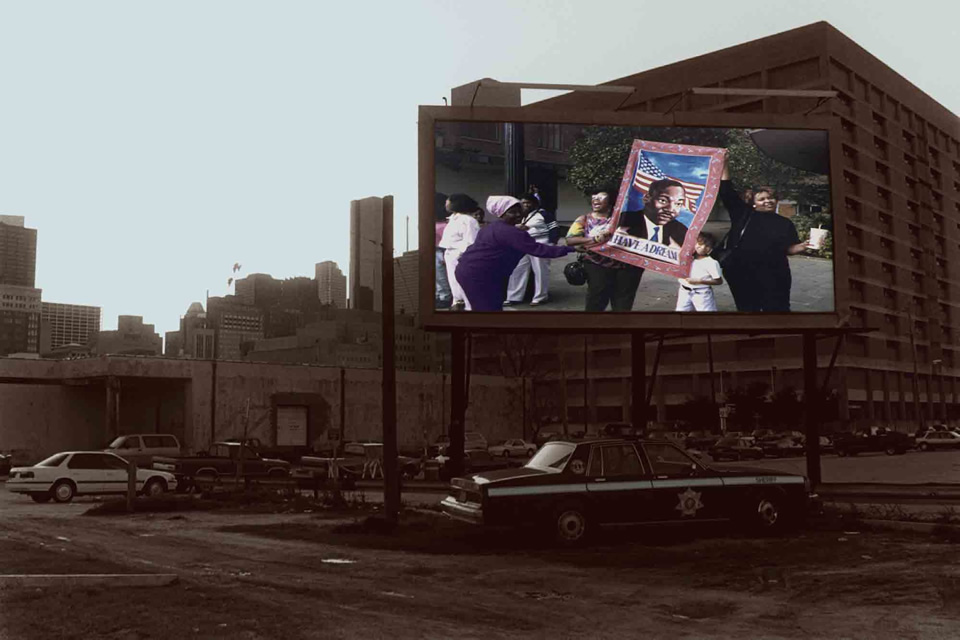
Martin Luther King, from the Billboard series, 1993 © OSAMU JAMES NAKAGAWA
A presentation is a place for you, as the speaker, to take center stage and articulate the aspects not seen in your photographs. You should specify the concept of your work, what the creation process was like, and what you thought during the process of creation. A presentation is also a chance to explain the inner aspects, the parts in the background, tucked away in the works. But more than anything, it’s crucial that you make clear why you had to create your works.
There are two sides I’m conscious of when creating my works. One expresses what is personal and introspective to me. The other points to social, historical, and cultural blind spots and questions these in the context of both Japan and the United States. In other words, I’m cognizant that I ought to look at that that I don’t want to see for the very reason of not wanting to see it.
Photography, for me, is more than a simple record, more than making reality visible; it expands my imagination (including the “or” problem) from the standpoint of a minority, which I am. I strive to direct this imagination into new creative expressions.
Well, I’m not especially good at them either. Back in high school soon after arriving in America, I was made to make a presentation in front of everyone even though I wasn’t very good at English yet. The experience was so awful it left me a bit traumatized [laughs]. In the States, people are taught from when they are kids that they can voice their opinions. Because of this training, even little kids are not shy about speaking up. So it’s not a problem of know-how, and it’s not enough just to be able to speak well.
That’s it. People who have this impetus are certainly able to speak naturally.
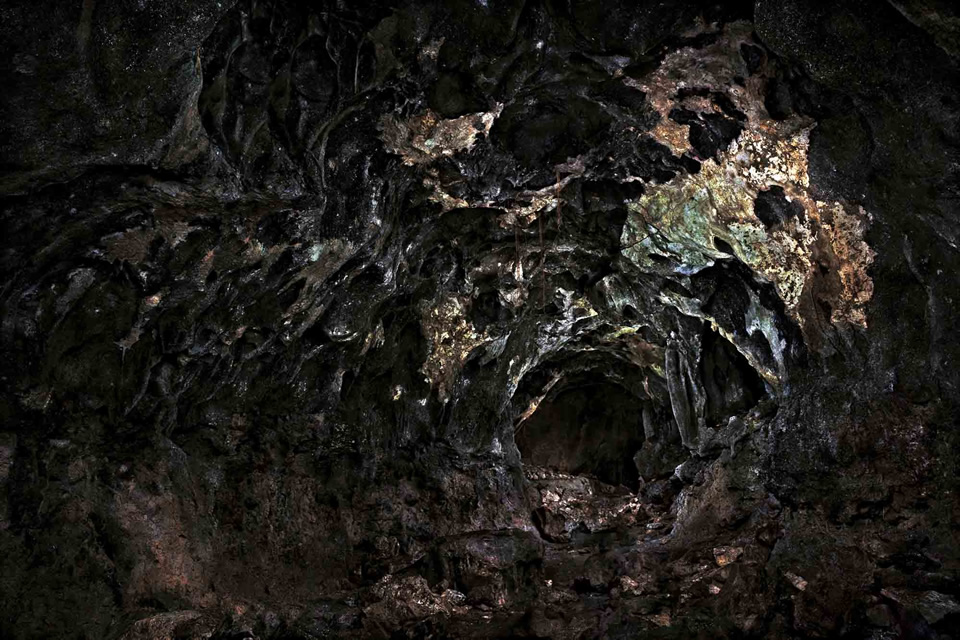
Gama#009, 20010 © OSAMU JAMES NAKAGAWA
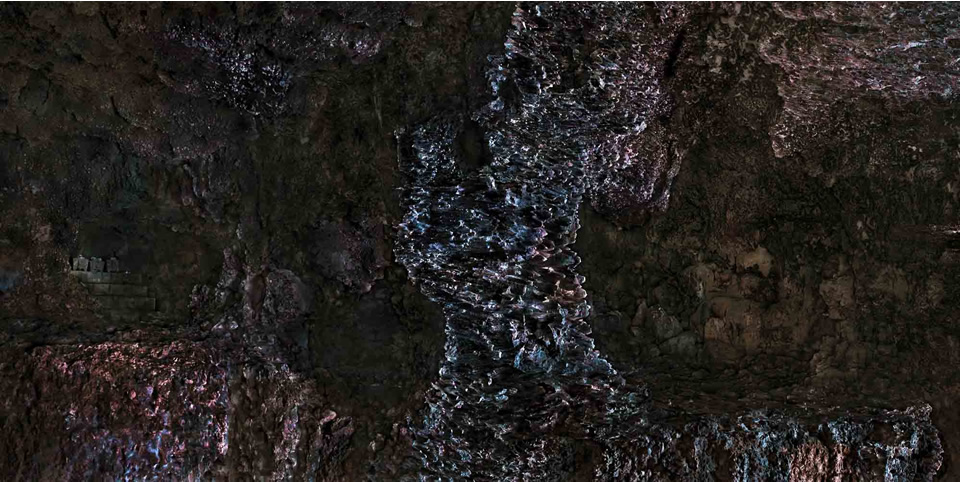
Gama #021, 2011 © OSAMU JAMES NAKAGAWA
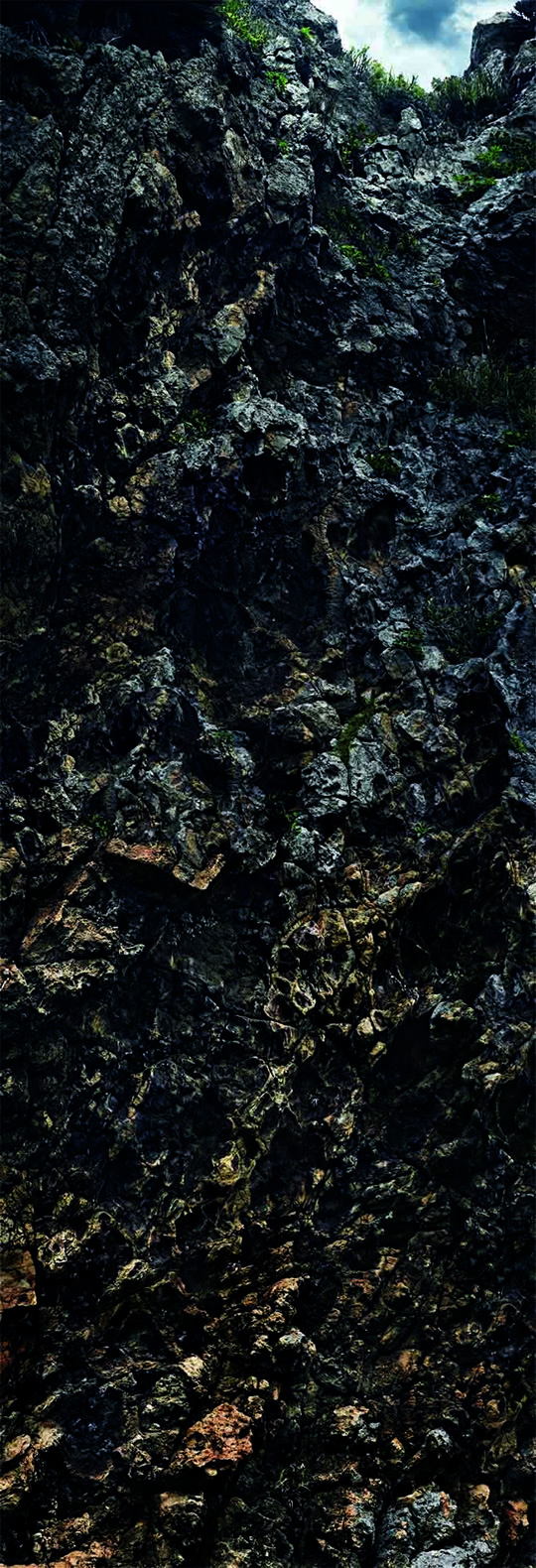
Okinawa #011, 2008, from the Banta series, 2008
© OSAMU JAMES NAKAGAWA
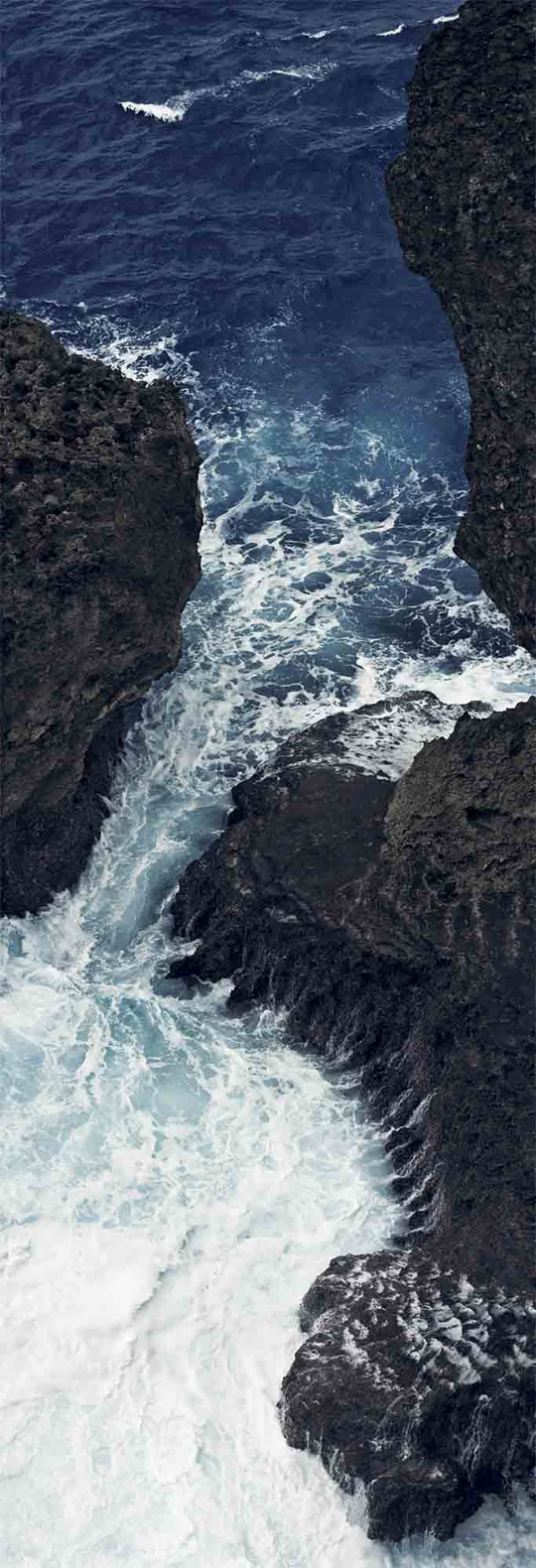
Saipan #002, 2008, from the Banta series, 2008
© OSAMU JAMES NAKAGAWA
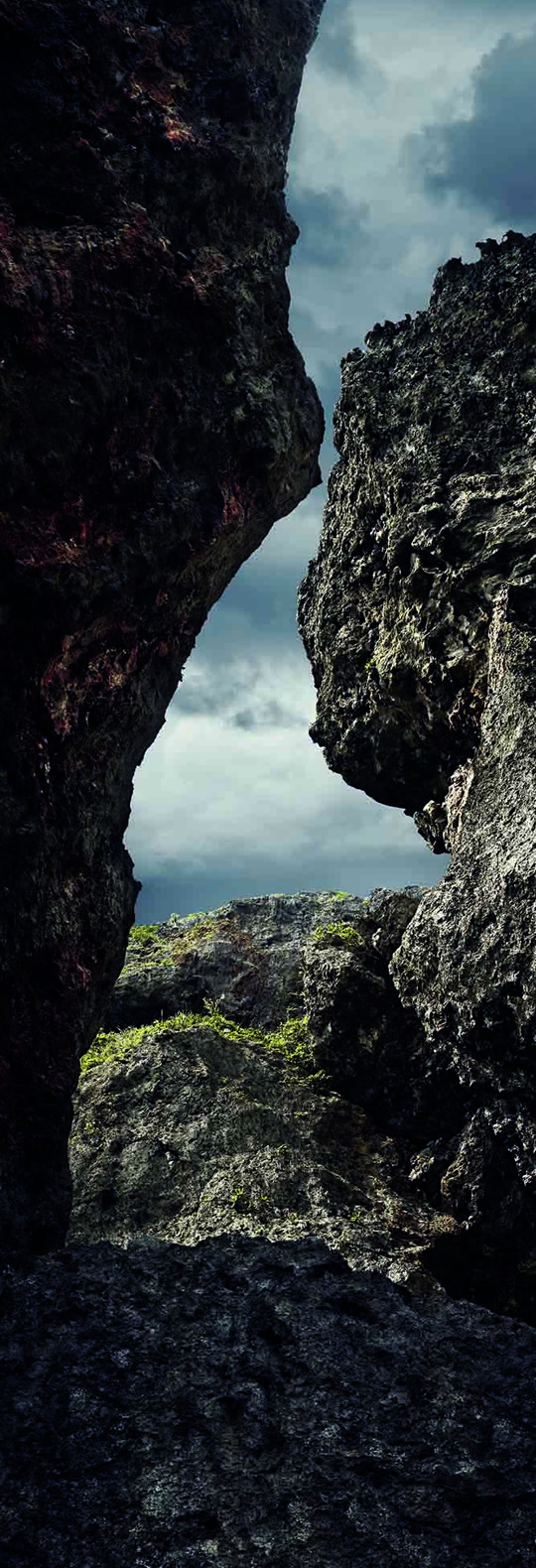
Okinawa #017, 2008, from the Banta series, 2008
© OSAMU JAMES NAKAGAWA
In March, Exposure Magazine (U.S.) will publish photos from the Kai: Following the Cycle of Life series, which Mr. Nakagawa has been adding to since 1998; the series will also be exhibited at AIPAD in New York. A solo exhibition is planned for Tokyo and New York in 2018.
In October, James Nakagawa, along with Emmet Gowin, Elijah Gowin, and Takayuki Ogawa, will hold a joint exhibition at the Grunwald Gallery of Art, Indiana University. The curated exhibition will feature photographs that the photographers’ parents, children, uncles, and nephews have been taking on the themes of family, culture, nature, and life. The exhibition is set to come to Japan in 2018.
In December, a Kenshichi Heshiki / James Nakagawa exhibition is scheduled at the Kenshichi Heshiki Photo Room in Okinawa.
He was born in New York City. He was raised in Tokyo, Japan and moved to Houston, Texas at the age of 15. He received a Master of Fine Arts from the University of Houston in 1993. Currently, Nakagawa is the Ruth N. Halls Professor of Fine Art at Indiana University, Bloomington Indiana.
Nakagawa is the recipient of the 2009 Guggenheim Fellowship. He was named the 2010 Higashikawa Photo-festival A New Photographer of the Year and the 2014 Sagamihara Photographer of the Year Award in Japan. Nakagawa's work is shown internationally. Nakagawa’s work is in the permanent collections of the Metropolitan Museum of Art, New York; George Eastman Museum; Tokyo Metropolitan Museum of Photography; Museum of Fine Arts, Houston; Sakima Art Museum, Okinawa; The Museum of Contemporary Photography Chicago, Nelson-Atkins Museum of Art, and others.